I recently had a video call with Buffer’s Director of People, Courtney. She asked me, “How is it feeling to work in your timezone?”
That might seem like a rather odd question, but the reason why she asked is illustrated below:
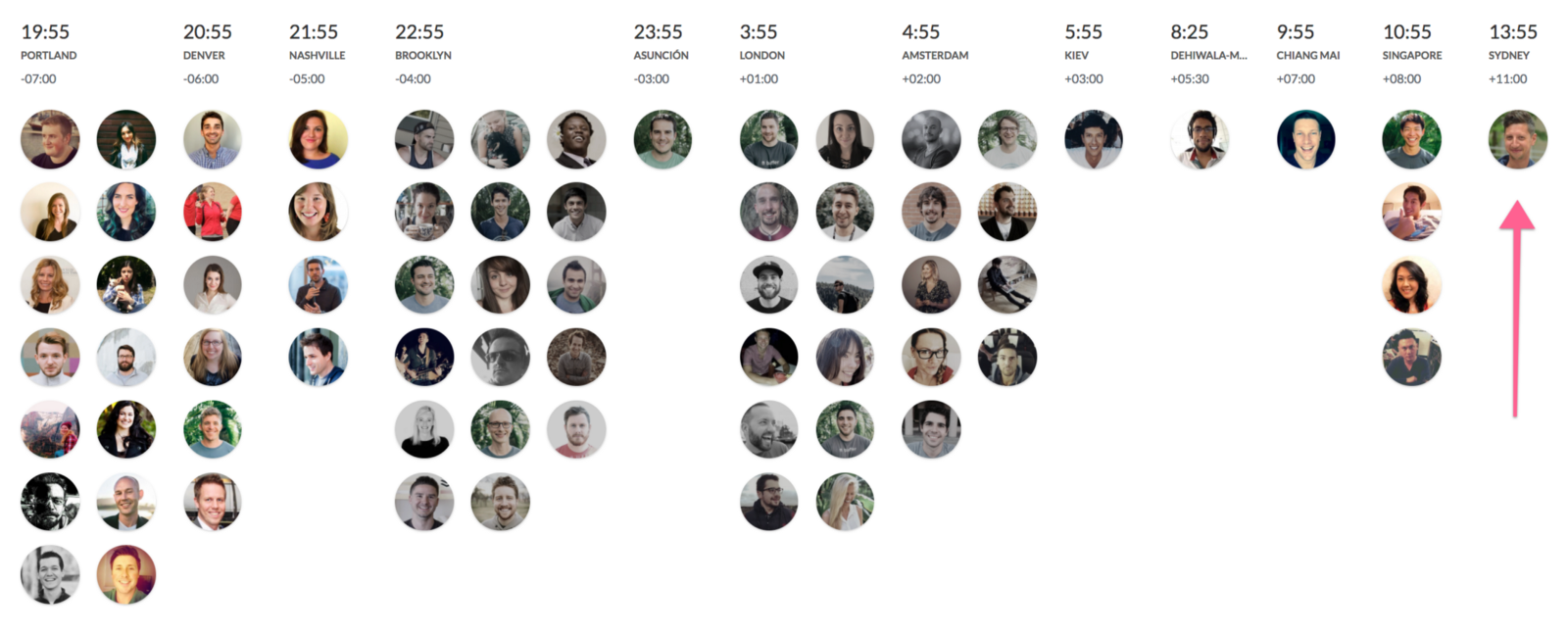
That’s me, over on the right.
Right now, I’m the only person in Australia working in a company of 70+ people, spanning 12 different timezones.
After reflecting on what it’s like to work in a one-person timezone, I thought I’d share a bit more about what I’m working on and how I do it while most of my colleagues are offline. I hope some of the background and tips below might be useful to anyone experience anything similar or building a team with people across the globe.
How to do product research when everyone else is in a different timezone
I shifted roles this year, so I don’t do nearly as much product research as I used to. However, I remember the challenges of remote research well. From brainstorming what we wanted to learn, to designing research questions and methods, to debriefing — it’s all stuff that involves multiple stakeholders — which means a lot of asynchronous chinwagging or early morning video calls in trackies with bed hair.
The cadence of my day would often be dictated by who I was working most closely with. If it was a product designer in Europe, I’d often work 8:00 a.m. to 2:00 p.m. and then 6:00 p.m. to 9:00 p.m. If it was a product manager in the U.S., I’d work 7:00 a.m. to 4:00 p.m. I trained myself to be flexible and find new work rhythms.
The fun part? Having time in the middle of the day to go for swims or meet friends for a bite to eat. Or nap.
Here are some tips I learned while doing research remotely:
- Find customers in timezones close to you and use something like Calendly to prevent folks from booking research sessions with you at 2:00 a.m.
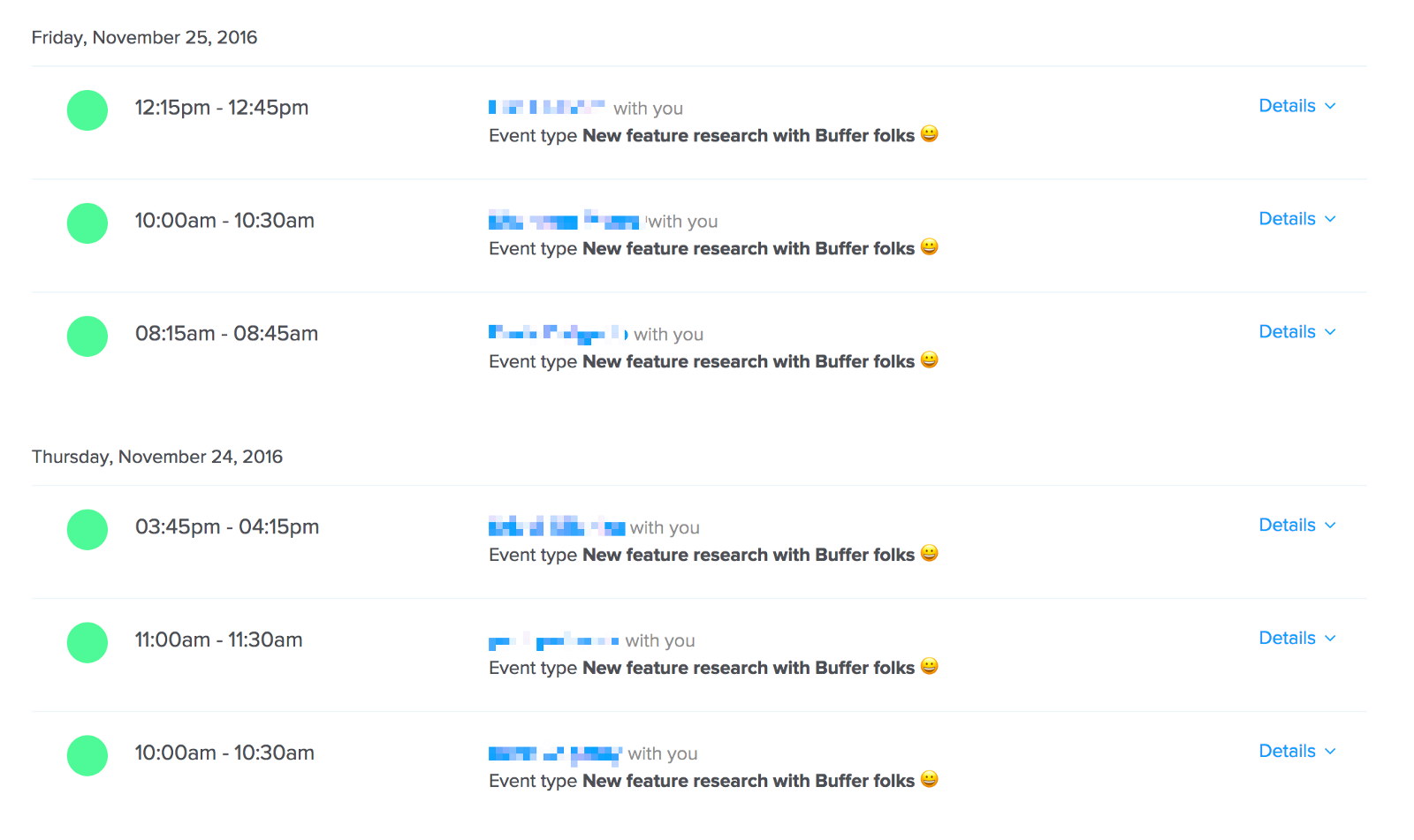
- Master the art of asynchronous communication with your product people. This means writing reports carefully and with clarity, and being extra disciplined with sharing as much context as possible. Modern communication tools like Slack often stop us from doing this. Write it all down. Use pictures. Share recordings. Use TL;DRs if you have to. I love Dropbox Paper for asynchronous communication.
- Shorten the feedback loop by knowing your colleagues’ schedules. If I dropped off customer insights to the team at 8am Sydney time, it mightn’t be read until 11pm that night. Two hours earlier and it’s straight onto the product agenda.
How to do product marketing when everyone else is in a different time zone
The Buffer marketing team is one of the most distributed teams in the company. Right now we’re spread across Australia, Singapore, the UK and North America.
Fortunately, we’ve started to gather at least once a year to brainstorm, bond and wear the same socks together.
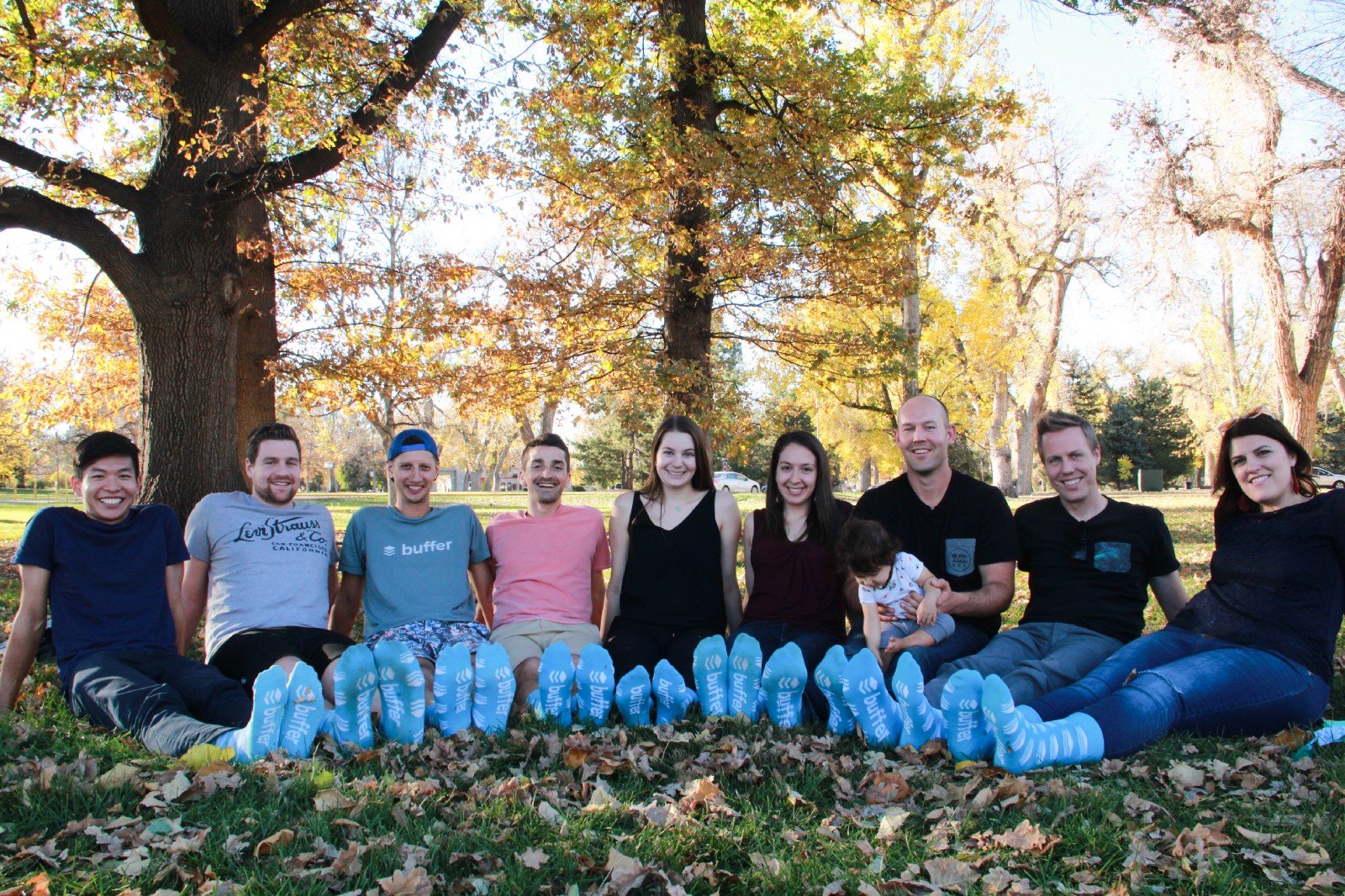
As a product marketer, my job is to communicate the value of Buffer to current and future customers. I’m a firm believer that this can (and should) be done remotely. I’m working on a few meaty projects, and being remote and in a “quiet” timezone offers great headspace for deeper work.
Our engineers have a dedicated day for deep work, we call it “Deep Work Wednesdays”.
Well… I have this most days!
Product marketing is also collaborative. I jam on email newsletter drafts, organize product launches and messaging, and delve into the occasional bits of product research. I do miss the regular interactions that some other folks get in their timezone, which is why our semi-regular gatherings are so energizing.
For the most part, I really enjoy collaborating on product marketing via our asynchronous channels. Our Discourse chat forum is one of them.
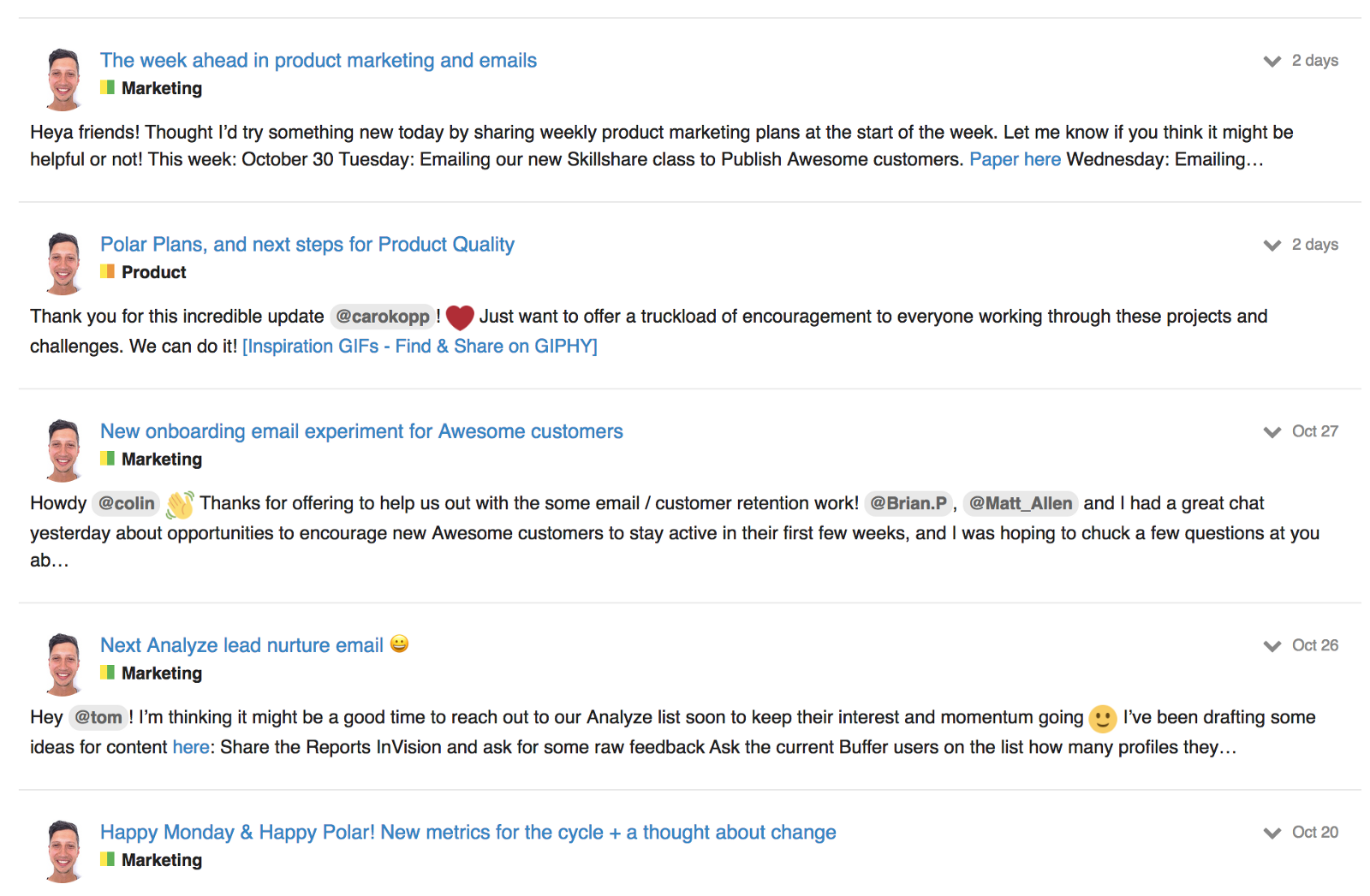
Being remote also means that I can help with our customer onboarding coverage and learn more about our customers around the world. When the rest of the onboarding team is offline or asleep, I can hop into our support inbox and chat with prospective customers, help answer their questions, and discover what motivates people to use our products and where we can improve.
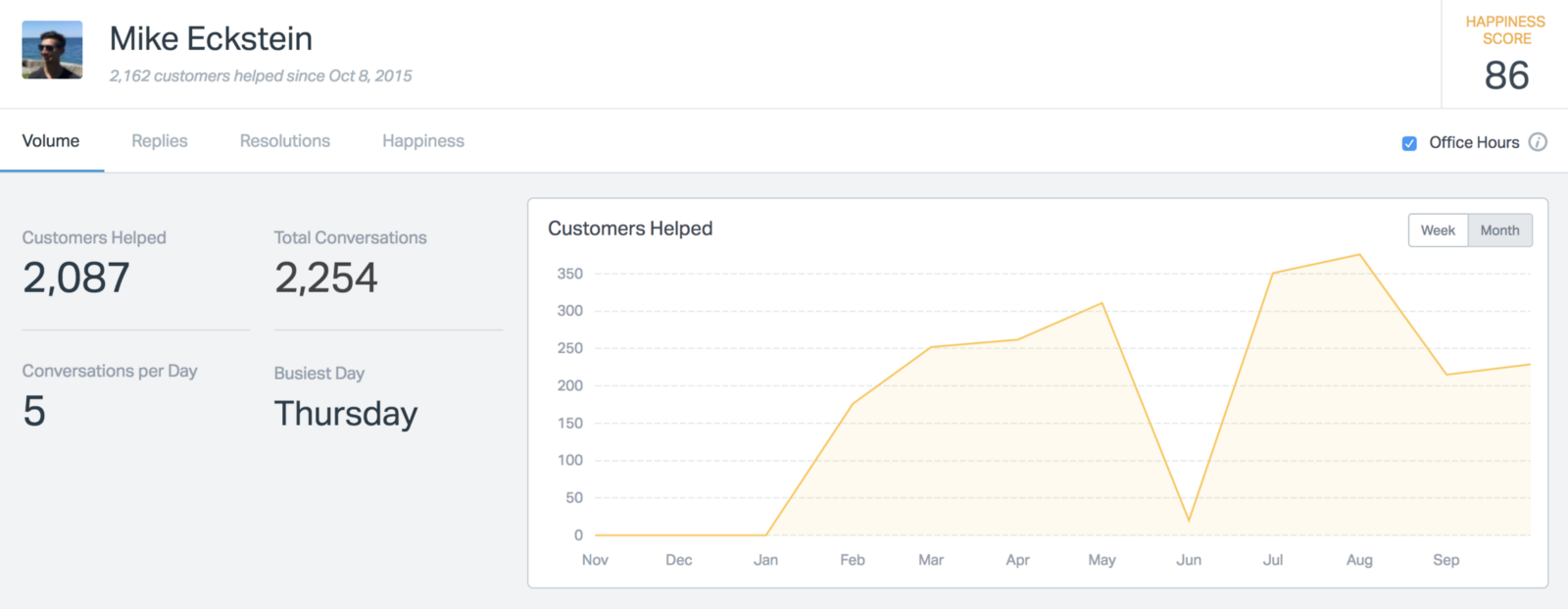
It wasn’t all smooth sailing to start with
Working at Buffer was my first fully remote job. I occasionally worked from home in previous roles but I’d always have colleagues in an office nearby. Switching to a fully remote set up definitely took some time to get used to.
When I was starting out, I would jump online at crazy times just trying to be around when others were online. I’d spend hours crafting emails and messages to make sure I was communicating with clarity. I’d fumble around with the variety of communication tools at my disposal. I’d constantly check my phone for work notifications.
Getting better at these things take practice!
Here are a couple of other things I’d tell myself if was to travel back in time two years to when I started working remotely:
- Set yourself work boundaries. You don’t need to be online all the time.
- Unsure about which tool to use to communicate with someone? Just ask them what they prefer! And don’t worry about it too much — the message is more important than the medium.
- It’s great to be mindful of other peoples’ schedules. Don’t let that prevent you from sharing important information. Remote workers tend to be good at managing notifications and you will be too, eventually!
- Get out of the house. Seeing other people is good. So is exercise.
- Building healthy work habits takes time and practice. Don’t be afraid of ups and downs in your energy, it happens to everyone — remote or otherwise.
So, how does it feel to be working in my timezone?
The biggest downside is sleeping through company wide meetings; they’re usually on around at around 3:00 a.m.
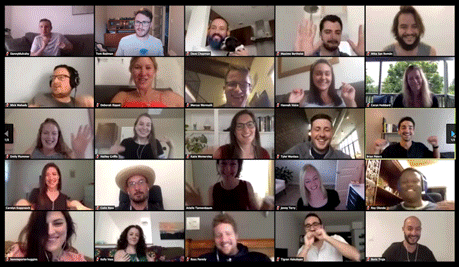
But the upsides far outweigh the downsides!
Over to you
Are you a remote worker? You might like this funny post. Or are you a product marketer in Sydney? Either way, I’d love to hear from you.
Feel free to drop a note here or catch me on twitter.
—
This post originally appeared on Medium.
Try Buffer for free
190,000+ creators, small businesses, and marketers use Buffer to grow their audiences every month.




